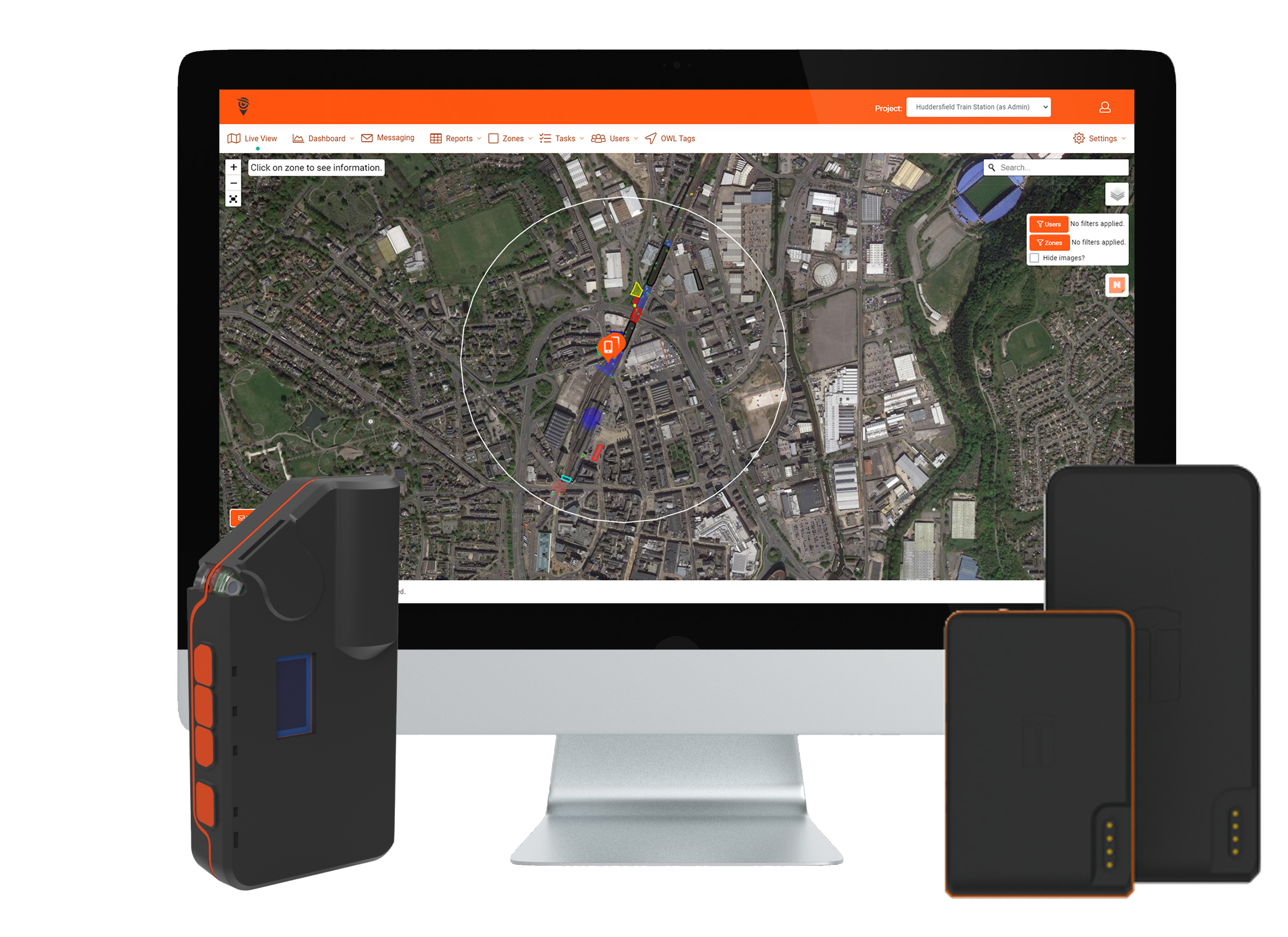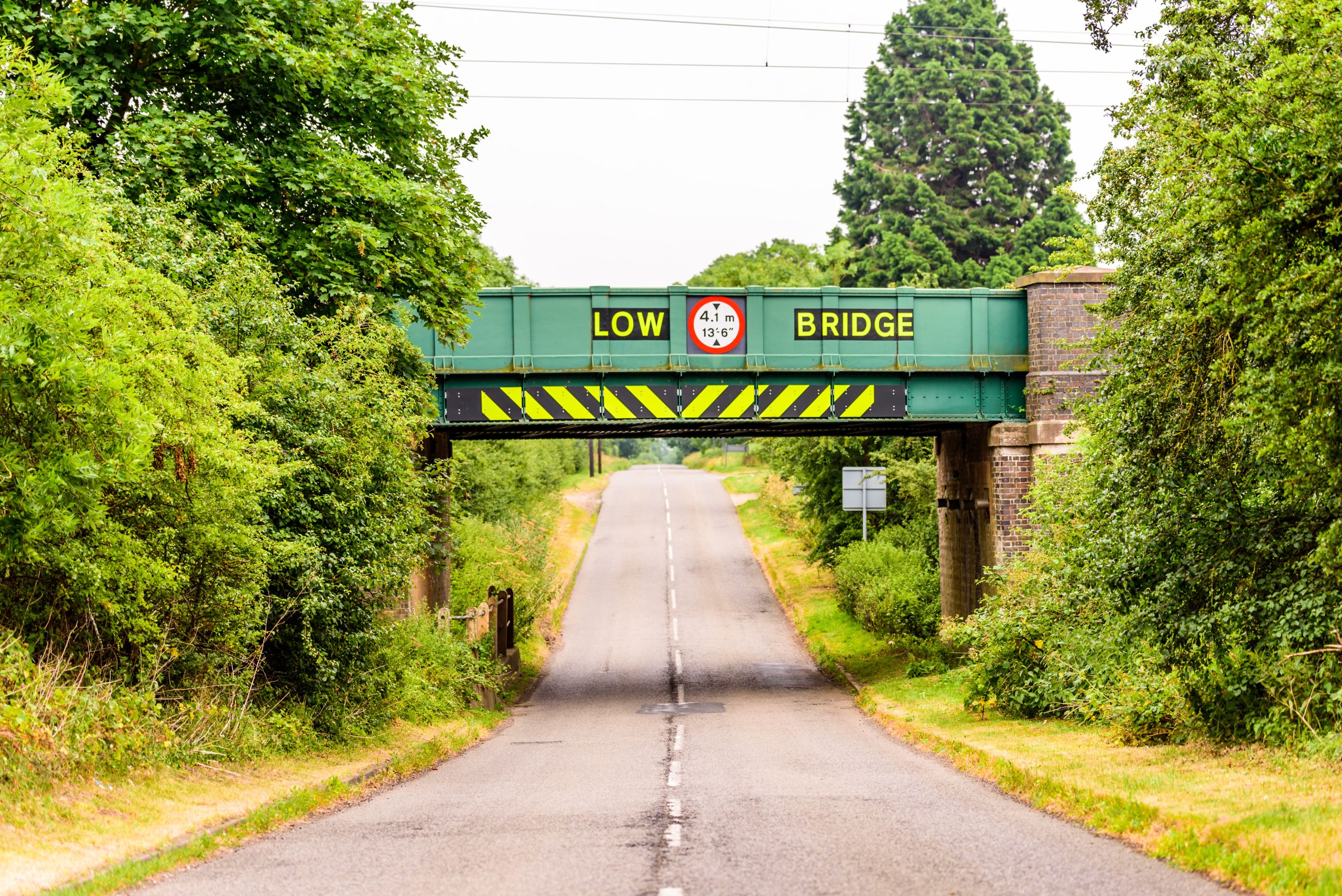From February 12th, 2024, a landmark policy will take effect across England: Mandatory Biodiversity Net Gain (BNG).
This is being made mandatory under Schedule 7A of the Town and Country Planning Act 1990 (as inserted by Schedule 14 of the Environmental Act 2021.)
This article explores what BNG is, who it affects, and how developers can ensure they comply.
What is BNG?
BNG is a development that leaves the natural environment better off than before. This means new projects must demonstrably create 10% more biodiversity compared to the original site. This aligns with the revised National Planning Policy Framework, emphasising positive biodiversity outcomes. Biodiversity values are measured in standardised biodiversity units, these units will depend on a variety of things such as,
- Size
- Quality
- Location
- Type
These units can be lost through development or generated through work to create and enhance habitats.
Who is affected?
The mandatory BNG policy applies to most new major development applications in England, with some exceptions. This includes:
- Developers of major developments
- Developers of small sites from 2 April 2024
- Developer of nationally significant infrastructure projects from late November 2025
- Land Managers wanting to sell in the BNG Market
- Local Planning Authority (LPA)
Small sites such as 2 or less homes that are no bigger than 0.2 hectares will join the policy in April 2024, and nationally significant infrastructure projects such as power stations, airports and underground gas storage facilities in late November 2025.
How to achieve BNG?
Developers have several options:
- On-site improvements: Create new habitats, plant trees, restore wetlands, etc., within the development site.
- Off-site measures: Buy or invest in biodiversity credits from elsewhere, creating benefits beyond the immediate project.
- Combination: Often the most efficient approach, utilising a mix of on-site and off-site solutions
Key points to remember
- Minimise impact: Developers should design projects to minimise negative impacts on existing biodiversity.
- Statutory metric: BNG is measured using a government-defined metric, ensuring consistent evaluation.
- On-site vs. off-site: While on-site gains are preferred, developers can combine them with off-site measures or purchase units on the market.
- Last Resort: Buying statutory credits should be a last resort, with revenue used for further habitat creation.
BNG presents both challenges and opportunities. Developers will need to adapt their plans, but those who embrace BNG early can differentiate themselves through sustainable practices and attract eco-conscious tenants and buyers. Ultimately, BNG is a critical step towards a greener future, ensuring development enhances, not diminishes, the natural world.
Further reading






